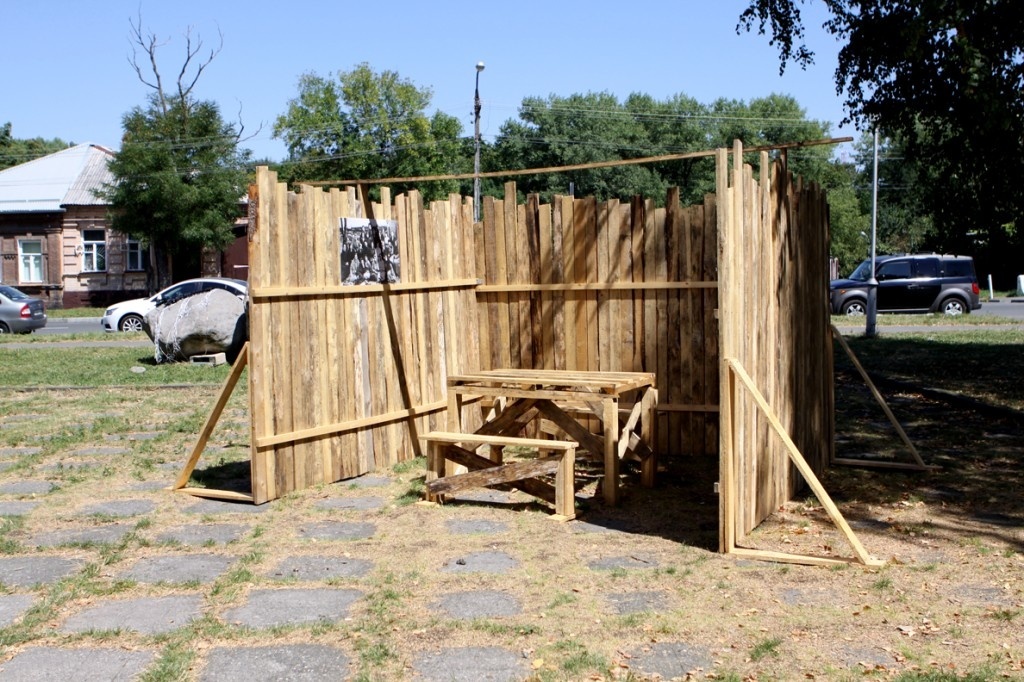The artwork takes its stand from the "reading hut model" (избы читальни or читательские комнаты) of the early 1920s Bolshevik era, raises profound questions about public space and education. Rooted in a historical context, this work draws from the legacy of the reading huts that were distributed during the early years of the Soviet Union as part of an extensive literacy campaign. These huts, serving as hubs for education and ideological discussions, played a crucial role in disseminating Bolshevik ideals and promoting literacy, especially in rural areas. These were the first public spaces of the proletariat.
This piece reimagines and updates the forgotten concept of reading huts, emphasizing their historical importance as a method of spreading communist ideas. The work not only pays homage to this cultural and educational legacy but also offers a fresh perspective on the significance of public spaces in the present day.
In a world dominated by neoliberal logic, the artwork presents an alternative viewpoint, challenging the status quo. It prompts us to reconsider the need for horizontal, networked structures of communication within contemporary public spaces. By invoking the spirit of the past and combining it with the realities of the present, this artwork encourages us to reflect on the historical significance of reading huts and their relevance to the creation of inclusive, dialogue-driven public spaces in the modern era.
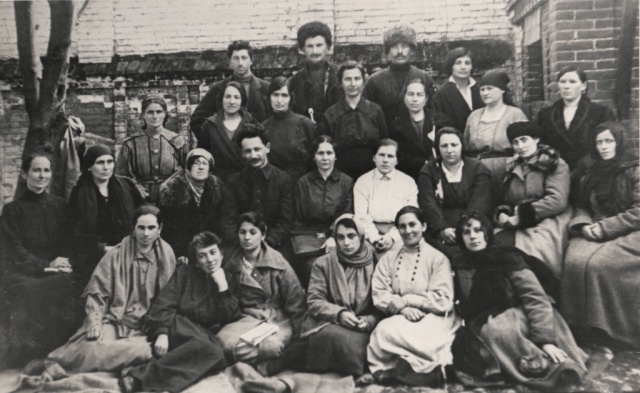
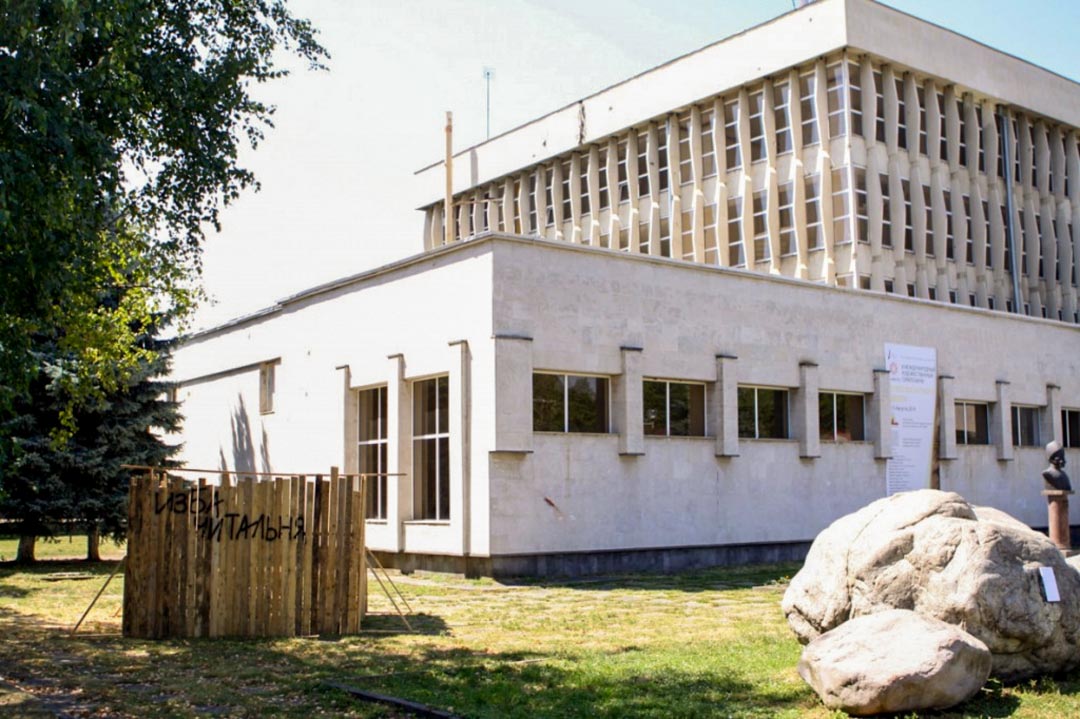
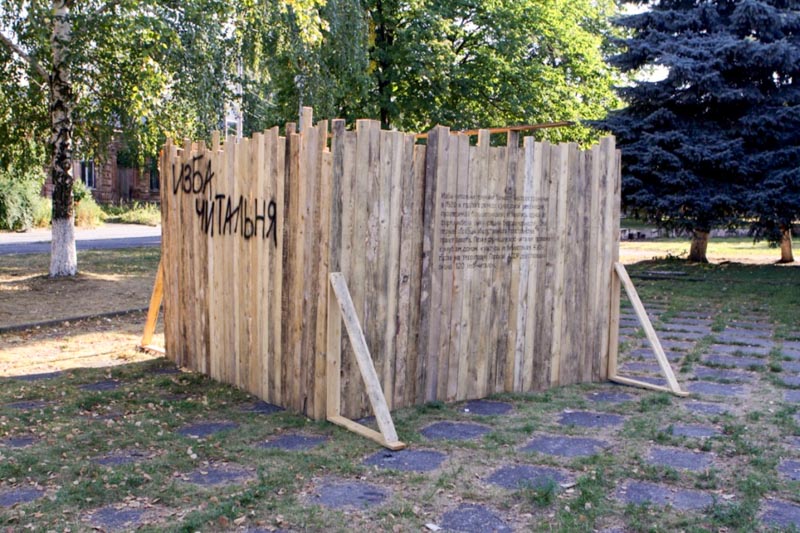
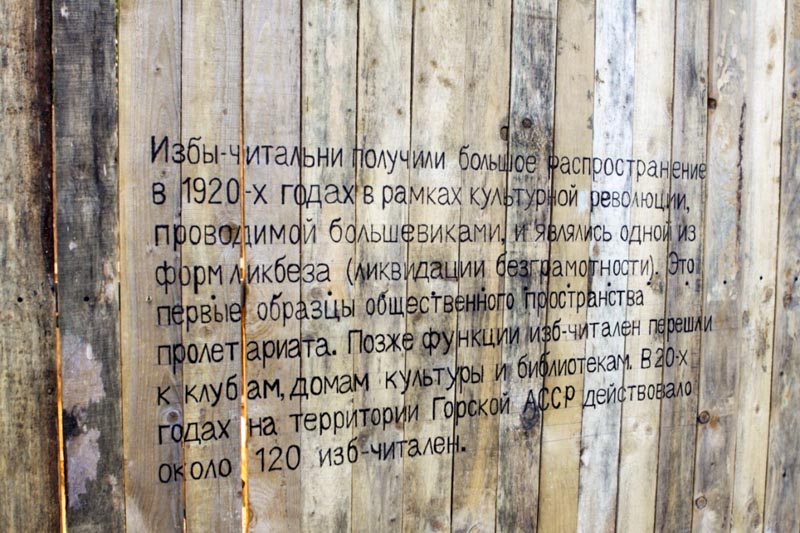
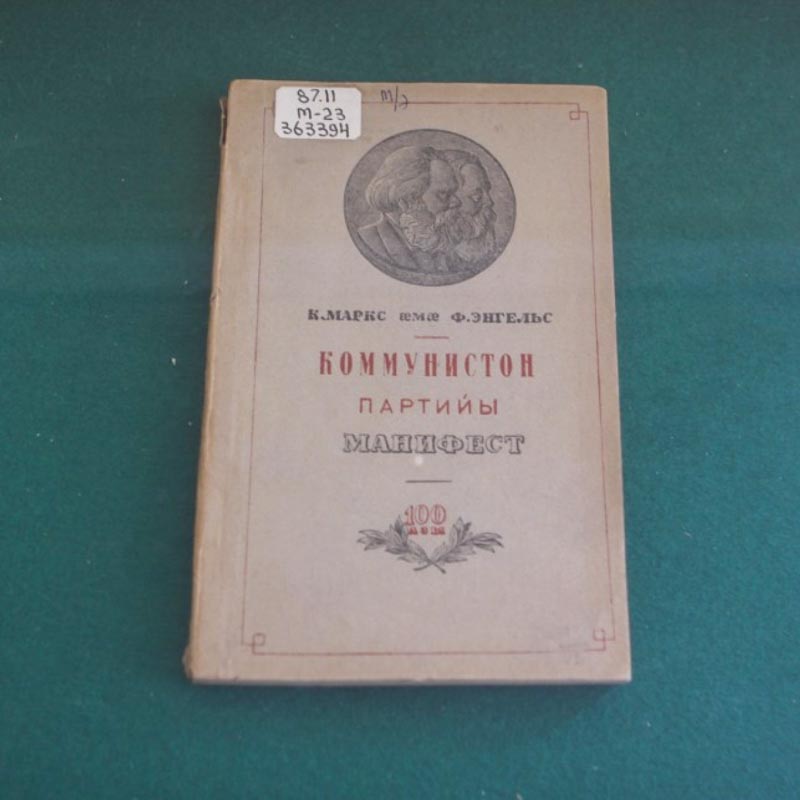
go to https://vahram.aghasyan.net/museum-of-revolution for more related topics.
